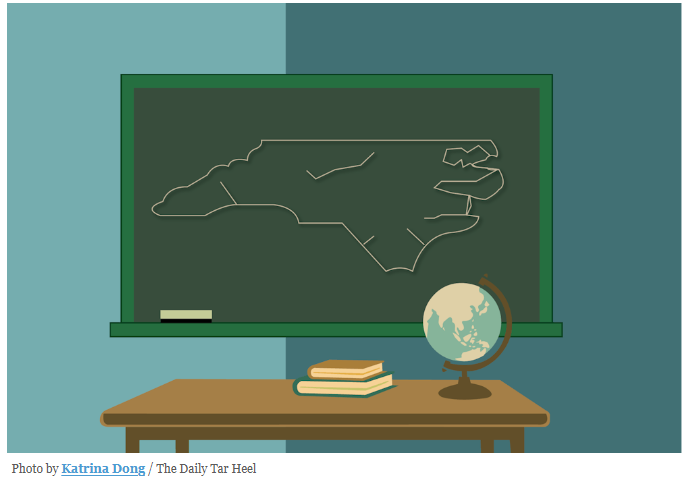Way back in 1929, the number of House members was set at 435 by the Permanent Apportionment Act. Little did those voting to pass the law realize how permanent it was to be.
In 1929, the population of the U.S. was about 122 million. Each member of the House represented about 280,000 constituents. Today, with a population of about 336 million, each member represents 773,000 — almost triple as many.
The U.S. is an outlier when it comes to the size of districts for the lower house of its legislature. For example, Germany, with a population about a quarter the United States’, has 300 more members in its Bundestag than sit in the House of Representatives. The United Kingdom’s House of Commons has 215 more members than the House of Representatives with a population about a fifth of ours.
The fewer members of the U.S. House don’t appear to act with greater efficiency than their European counterparts, that’s for sure. Germany and Britain’s parliaments do a far better job at passing budgets and keeping the government running smoothly than the American Congress.
It’s not the first Sunday in November, but it’s still time to turn the clock back. It’s time to return to the days of fewer people in each House district.
It’s a tough job for members to represent today’s populous districts. The kind of door-to-door campaigning instrumental in Jack Kennedy’s 1946 congressional victory has largely disappeared. The successor to Kennedy’s seat in 1953, old-time politician Tip O’Neill, would regularly go back to the district to get his hair cut, have shoes repaired and hang out with constituents at “Barry’s Corner.” Today’s voters typically don’t feel that connection with their representative, don’t have the sense that the member is representing them in the national capital. Closer connections matter. Each vote matters more. At a time when trust in Congress is at record lows, polling shows locally elected officials are more popular with constituents than members of Congress.
House members have turned to performance rather than representation, to fundraising from contributors outside their district rather than staying in touch with those inside. More districts would make it less expensive to run for Congress. In advocating for more members of the House, Harvard professor Danielle Allen has pointed out, “The ever-growing size of districts reinforces the power of incumbency and money.”
It doesn’t take a constitutional amendment to change the number of representatives, just a law passed by Congress and signed by the president. Oregon Rep. Earl Blumenauer believes the growing population of congressional districts “makes it more difficult for members to be responsive to the will of the people, and voters are more likely to sit out elections when their voice and input are not fully represented in government.” He has introduced H.R. 622, a bill that would add 150 seats to the current 435. It’s a start.
There’s plenty of room in the House chamber for those members. At State of the Union addresses, House members are joined on the floor by senators, members of the joint chiefs of staff, Supreme Court members, Cabinet secretaries and foreign ambassadors. Allen has worked with an architect to show how the House floor could easily accommodate double the current 435 members and almost four times more with a little crowding.
Not only would passage of Rep. Blumenauer’s bill or one like it make the House members more responsive to their constituents, but it would also make presidential elections more responsive to the national will.
In this country, we don’t elect the president by a popular vote. Instead, the winner is the candidate who gains a majority in the Electoral College. Each state gets two electoral votes for its senators and then an additional vote for each member it has in the House of Representatives. This favors smaller states because they get the “Senate bump,” two seats no matter their population. Thus, in the last presidential election, the least populous state, Wyoming, had one elector per 180,000 people, while California, the most populous, had one per 700,000.
The current formula contributes to anomalies such as the 2016 election where Donald Trump was elected president by the electoral college 304-227, even while losing the popular vote by over 3 million. Adding more representatives would make that Senate bump less significant and increase the chances that the candidate with the most popular votes would also win the Electoral College.
Unfortunately, a bill such as Rep. Blumenauer’s has little chance of passing in the current Congress. Republicans would see the change as diluting their chances in the Electoral College. There’s a certain irony there since back in the 19th century, Republicans lobbied successfully to have the Dakota Territory divided into two states, North and South Dakota. This was in no small part to gain their party six electoral votes rather than the three if the territory had been admitted as a single state.
Would increasing the size of the House help one party more than the other now? Maybe, but that really shouldn’t matter. It would make the United States government both more responsive and more democratic (with a small d).
Call me naive, but I still believe support for American democracy should trump partisanship every time.
A renaissance man, Keith Raffel has served as the senior counsel to the Senate Intelligence Committee, started a successful internet software company and written five novels, which you can check out at keithraffel.com. He currently spends the academic year as a resident scholar at Harvard. To find out more about Keith and read features by other Creators Syndicate writers and cartoonists, visit the Creators website at creators.com.




